Thinking About Freckle Tattoos? Here’s What an Artist Wants You to Know
Over the years, I’ve seen all sorts of beauty trends come and go, but one thing never goes out of style: that natural, just-back-from-vacation glow. And that’s exactly where cosmetic freckle tattoos come in. It’s a procedure I’ve done more times than I can count, and honestly, there’s a huge difference between a gorgeous, natural result and a random pattern of dots on someone’s face. It’s not just about adding spots; it’s about creating something that looks like it belongs.
In this article
So many people show up with phone screenshots, wanting that healthy, youthful vibe without the actual sun damage. My job is to be straight with them. This is a tattoo on your face, after all. Even though it’s designed to fade over time, it’s still a commitment that needs proper care. Think of it as a team project between you and your artist, and it all starts with understanding what’s really going on.
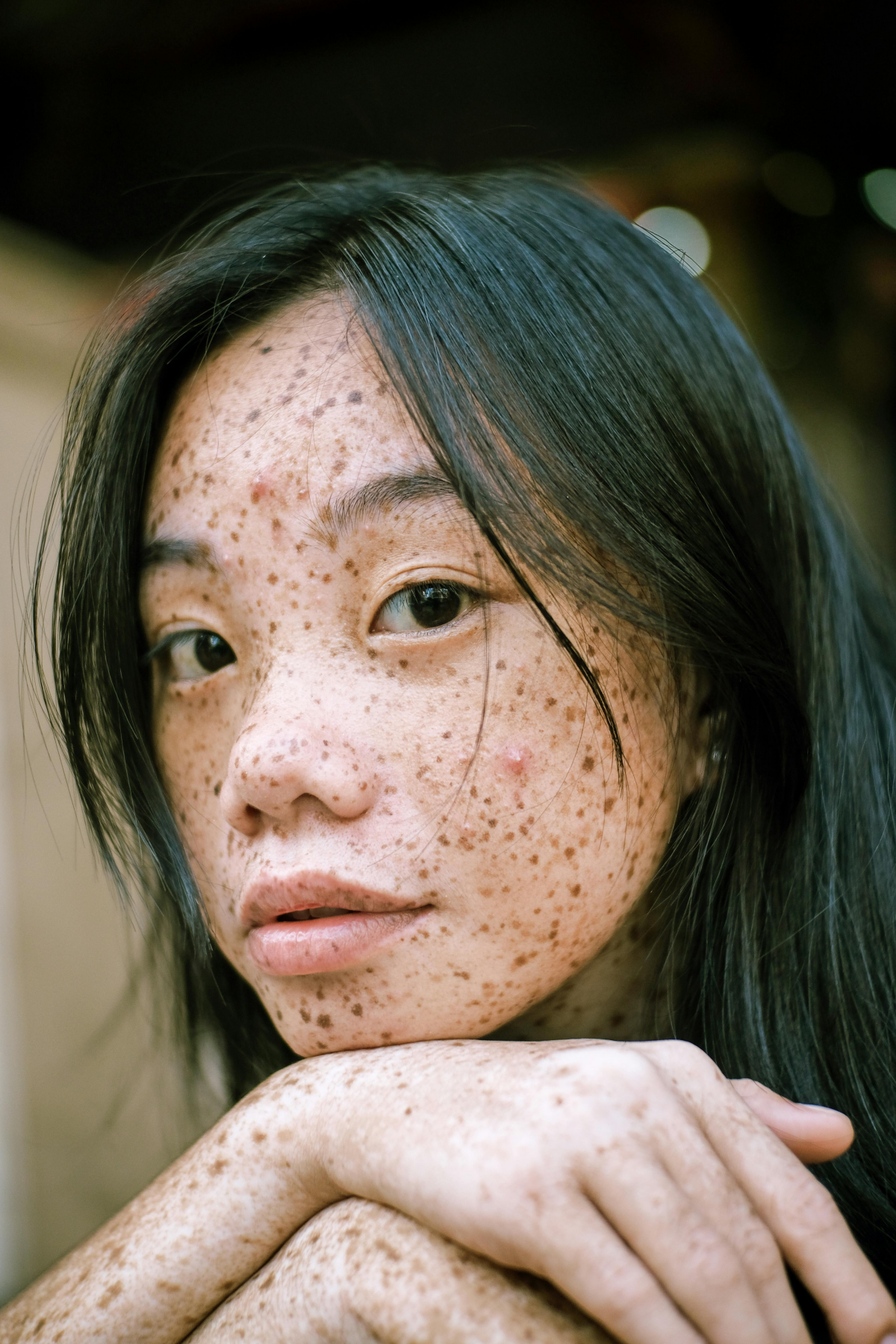
The ‘How It Works’ Part (The Sciencey Bit)
To do this right, you have to get that we’re working on skin—a living, breathing organ, not a flat piece of paper. This knowledge is what separates a mere technician from a true artist.
Why Depth Matters So Much
Your skin has a few layers, but let’s focus on the top two: the epidermis (the outer layer that’s always shedding) and the dermis (the layer just beneath it). If we put the freckle pigment only in that top layer, they’d literally flake away in a few weeks. A waste of time and money. On the other hand, traditional body tattoos go way down deep into the dermis, which is why they’re so permanent and can look a bit harsh as the skin ages.
Cosmetic tattooing has a secret sweet spot. We aim for the very top of the dermal layer, right where it meets the epidermis. The pigment is deep enough to last a good one to three years but shallow enough to fade softly and naturally. This is a skill that takes a ton of practice. Go too deep, and the freckles can blur or turn a weird ashy, cool color over time. Go too shallow, and you’ll be back for a touch-up in six months, feeling pretty disappointed.
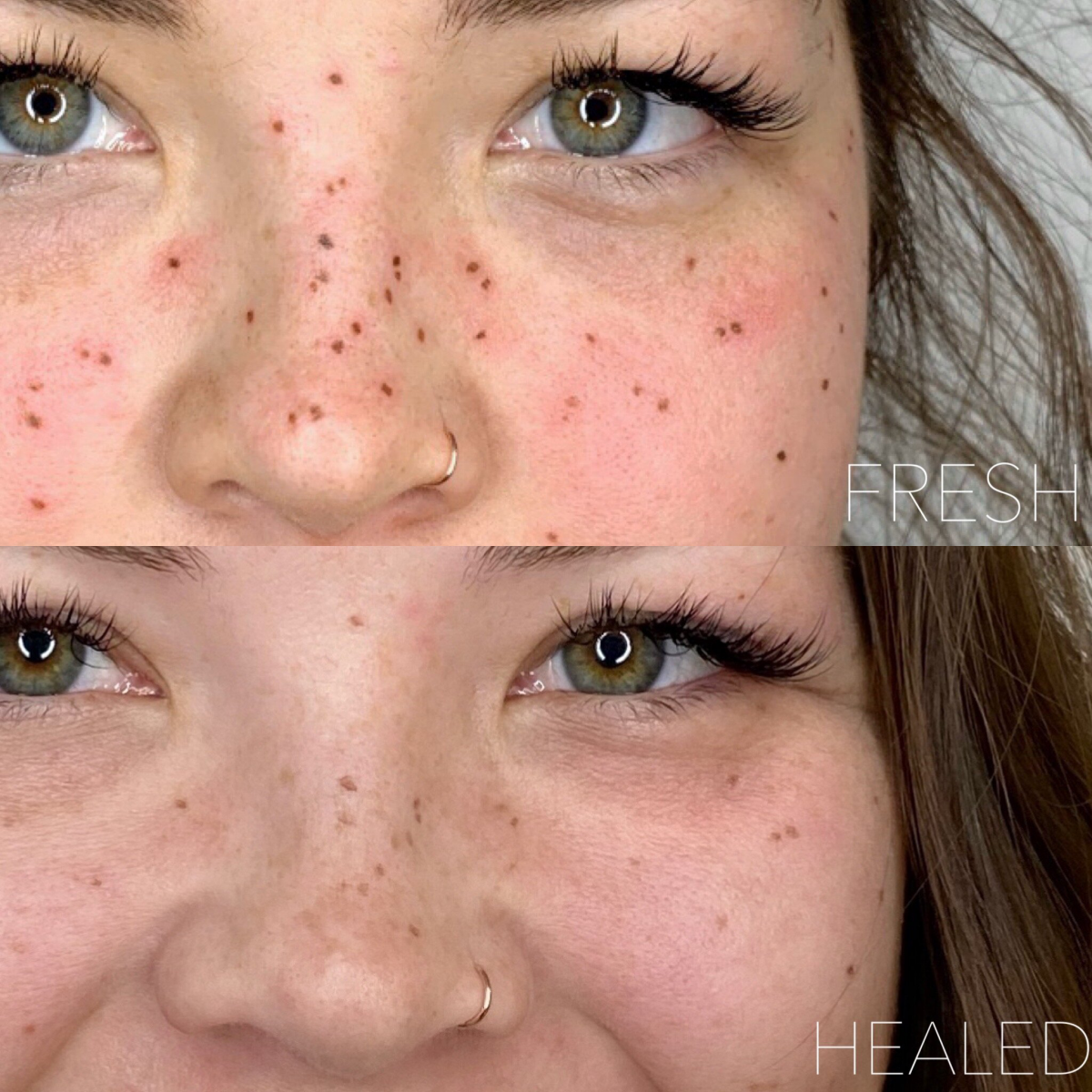
Pigment vs. Tattoo Ink
I get this question all the time: “Can’t you just use regular tattoo ink?” The answer is a hard no, and it comes down to chemistry. Most traditional tattoo inks are carbon-based. Carbon is super stable, which is great for a black arm tattoo, but on the face, it can look incredibly stark and often fades to a sad blue or grey color.
For cosmetic freckles, we use iron oxide pigments. These are made specifically for permanent makeup (PMU) and give us a beautiful palette of earthy browns, warm reds, and golden tones. They’re known for being safe and, more importantly, they’re designed to fade gracefully. As your body breaks them down, they just get lighter, not discolored. A good artist will have a whole range of these and will custom-mix a few shades to perfectly match your skin and hair.
Oh, and a quick word on those DIY henna freckle kits you see online. Please, just don’t. Real, safe skin henna is never black. The black stuff often contains a dangerous chemical dye called PPD that can cause horrific chemical burns and permanent scarring. It’s a one-way ticket to a very expensive correction appointment.
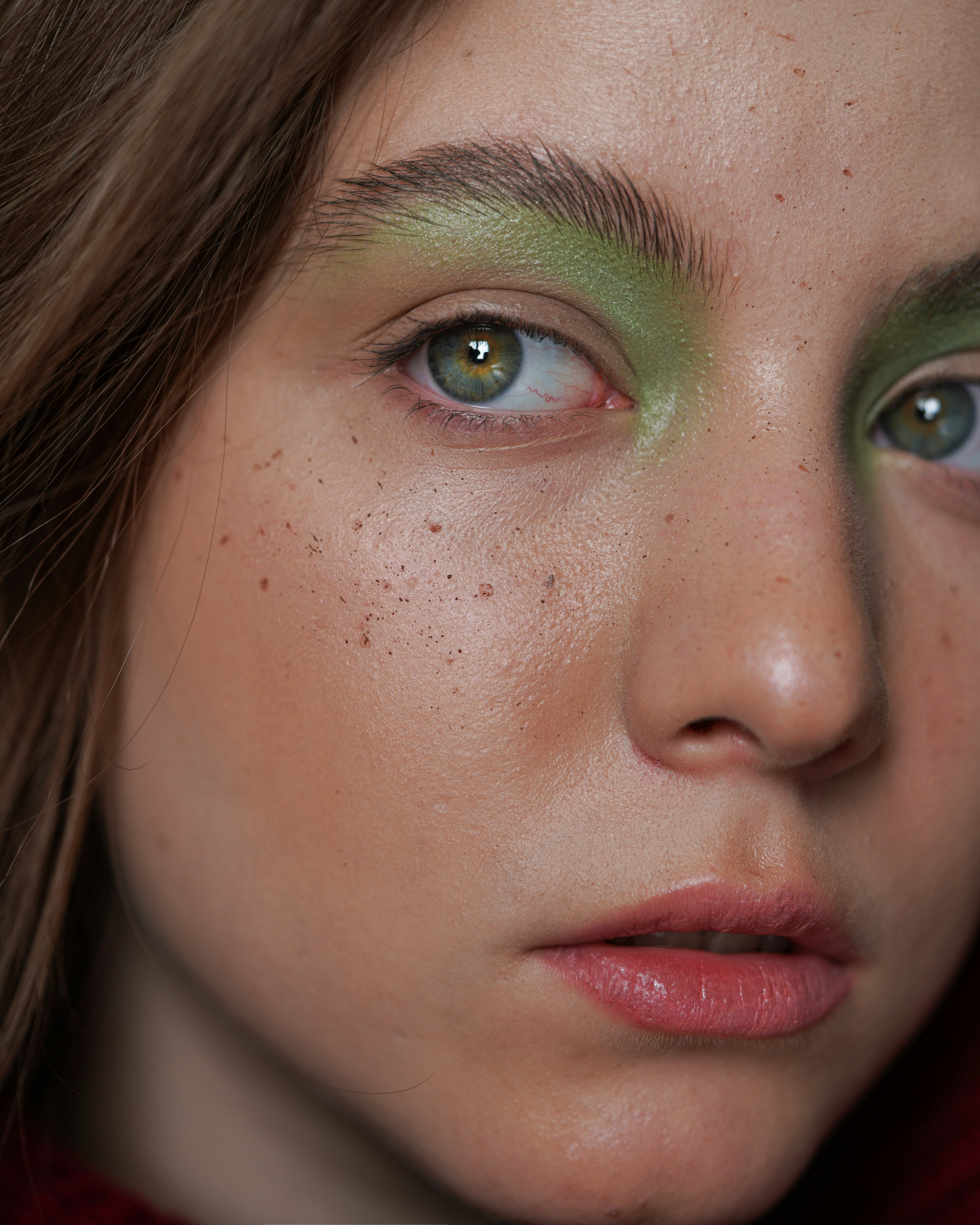
The Art of Creating ‘Perfect Imperfections’
Making something look random and natural is, funnily enough, a very deliberate process. It’s about mimicking nature’s beautiful inconsistency.
The Consultation: Our Game Plan
The most critical part of the whole thing happens before a needle is even unsealed. We just talk. I ask clients to show me photos of freckles they love, but also pictures of themselves from childhood or after a day in the sun. This helps us find their most authentic pattern.
Then, I’ll map out the freckles directly on their face with a cosmetic pencil. I never just wing it. We’ll place them where the sun would naturally kiss the skin: across the nose bridge, high on the cheeks, maybe a light sprinkle on the forehead. I create a ton of variety—some tiny pinpricks, some a bit larger and softer, some in little clusters, and some standing alone. You have to be 100% in love with this map before we start. It’s all about trust.
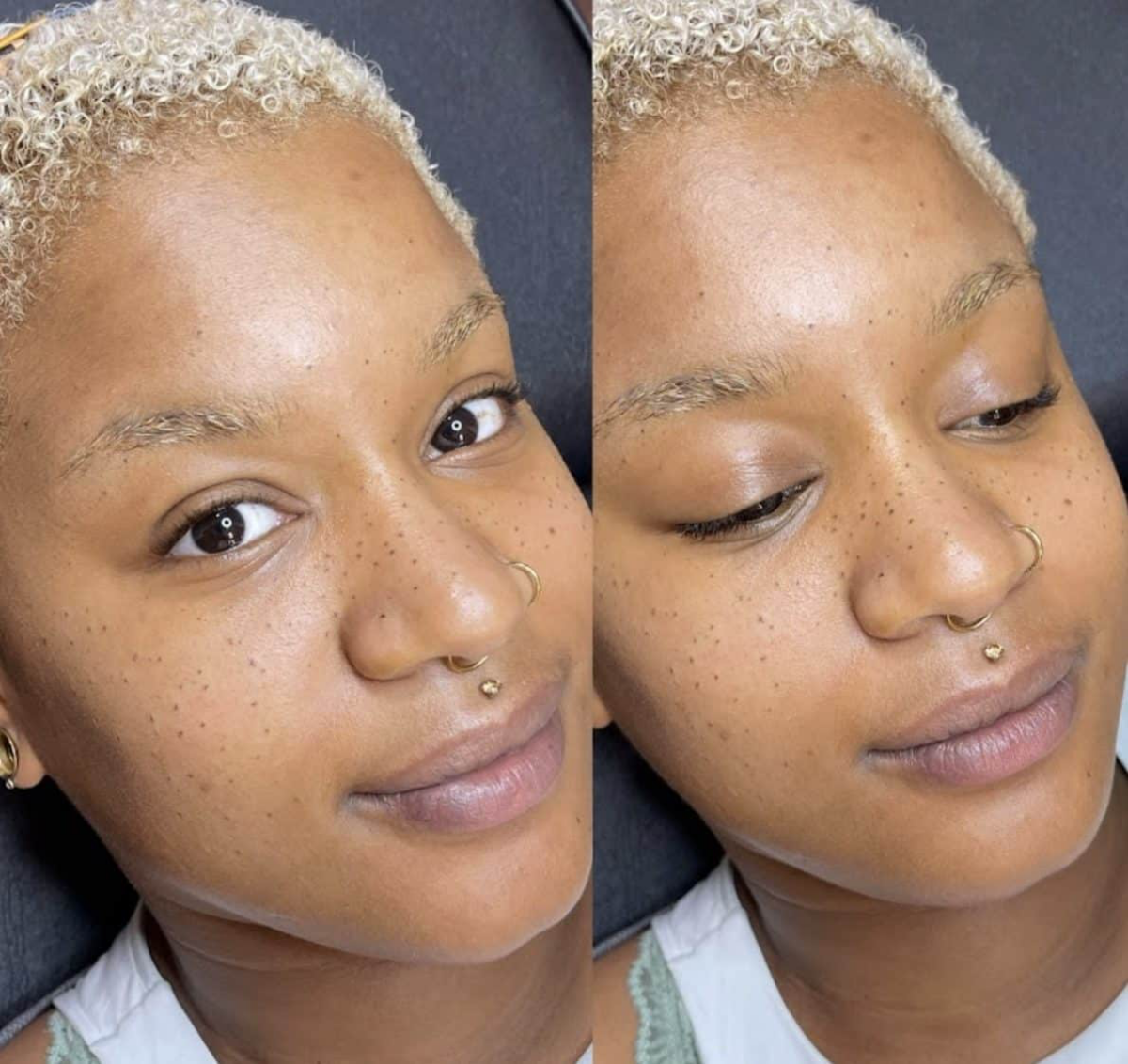
Tools, Technique, and… Does It Hurt?
You can create freckles manually or with a digital machine. I lean towards a digital rotary machine because it gives me amazing control over depth and speed. I usually grab a single needle for those super tiny, subtle specks, or a 3-Round Liner (3RL) for slightly bigger, softer freckles. It all depends on the skin and the look we’re going for.
And don’t worry, we aren’t going in cold! We use a powerful topical numbing cream that sits for about 20-30 minutes first. Honestly, most of my clients describe the feeling as a light, buzzy scratching sensation—maybe a 2 out of 10 on the pain scale. It’s more of a weird feeling than a painful one.
I also run my machine at a super low speed to gently tap the pigment in. You can actually hear the difference. A machine running too fast makes a harsh sound; a slow, gentle stippling is what we want. It’s way less traumatic for the skin, which means better healing and color.
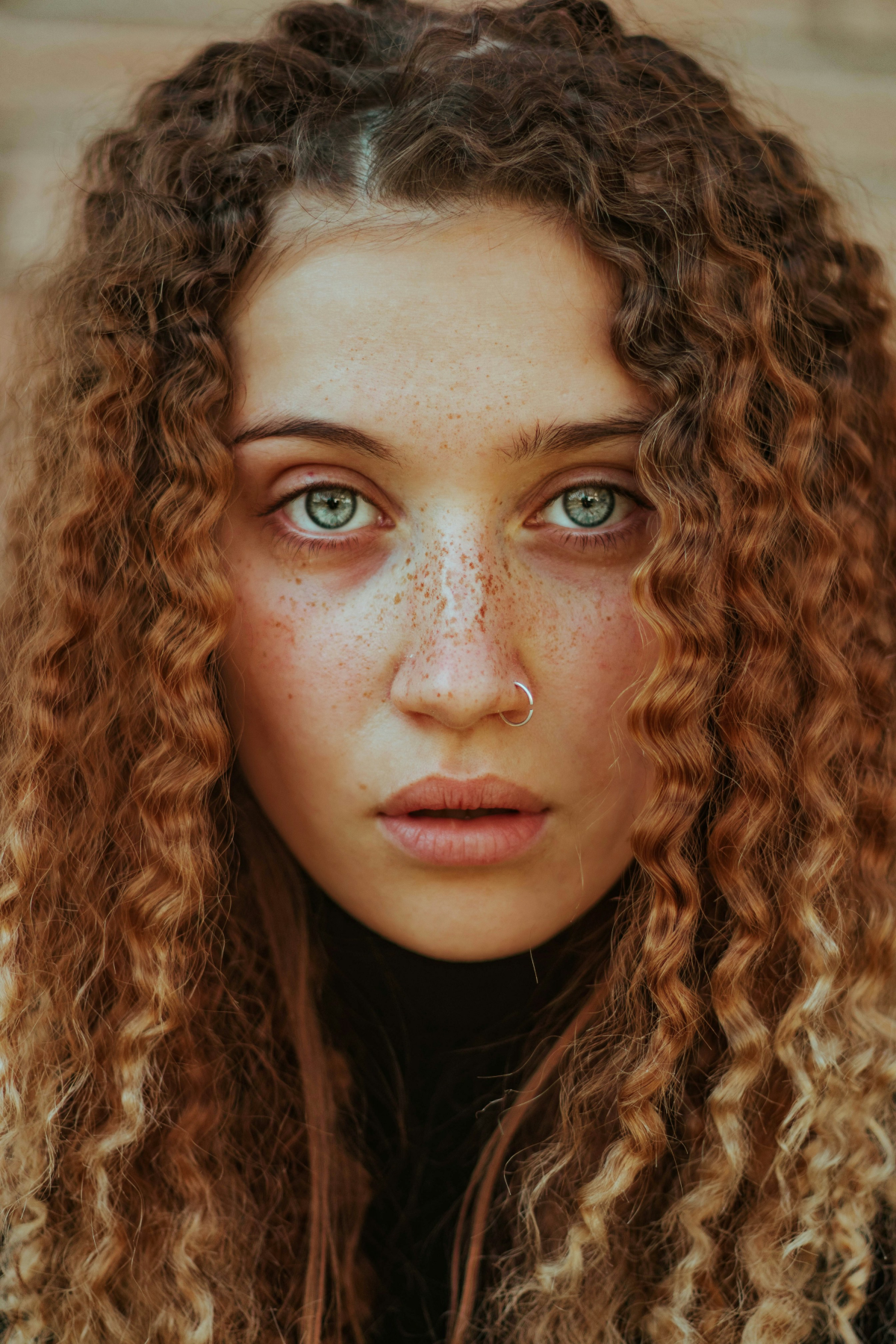
Layering Colors for a Realistic Look
I never, ever use just one color. Nature isn’t monochrome. For a single person, I’ll mix up two or three different shades of brown—a main color, a slightly darker one for a little pop, and a much lighter, warmer shade for the ‘barely there’ specks. I’ll do a first pass with the main color, then go back and add the darker and lighter ones, varying my hand pressure to create different levels of transparency. That’s the secret sauce that makes it all look real.
Your Freckle Journey: From Prep to Perfect
Deciding to get a cosmetic tattoo is a big deal. Doing your homework and finding the right person is everything.
How to Choose an Artist (and What to Budget)
An artist’s portfolio and experience are your best friends here. Here’s what to look for:
- Healed Work is EVERYTHING. Don’t get fooled by photos taken right after the procedure. Fresh freckles always look dark, crisp, and a little swollen. The true, soft result is only visible after 4-6 weeks. Ask to see plenty of healed photos on different skin types. When you’re looking, remember this difference: fresh freckles look like you’ve dotted your face with a sharpie—they’re dark, reddish, and slightly raised. Healed freckles are what you want—soft, somewhat translucent, warm-toned, and completely flat with the skin.
- Licenses and Certifications. At the bare minimum, they need a current Blood-Borne Pathogens (BBP) certificate. Most local health departments also require a license. These should be displayed proudly.
- The Vibe Check. The studio should be sparkling clean. Needles must be sterile, single-use, and opened right in front of you. If anything feels off, trust your gut and walk away.
- The Price Tag. Be prepared for an investment in your face. A quality artist is not cheap. Depending on your city and the artist’s demand, a first session can range from $300 to $800. The mandatory 6-8 week touch-up session might be included or could be an additional $150 to $250. If you find a deal that seems too good to be true, it probably is.
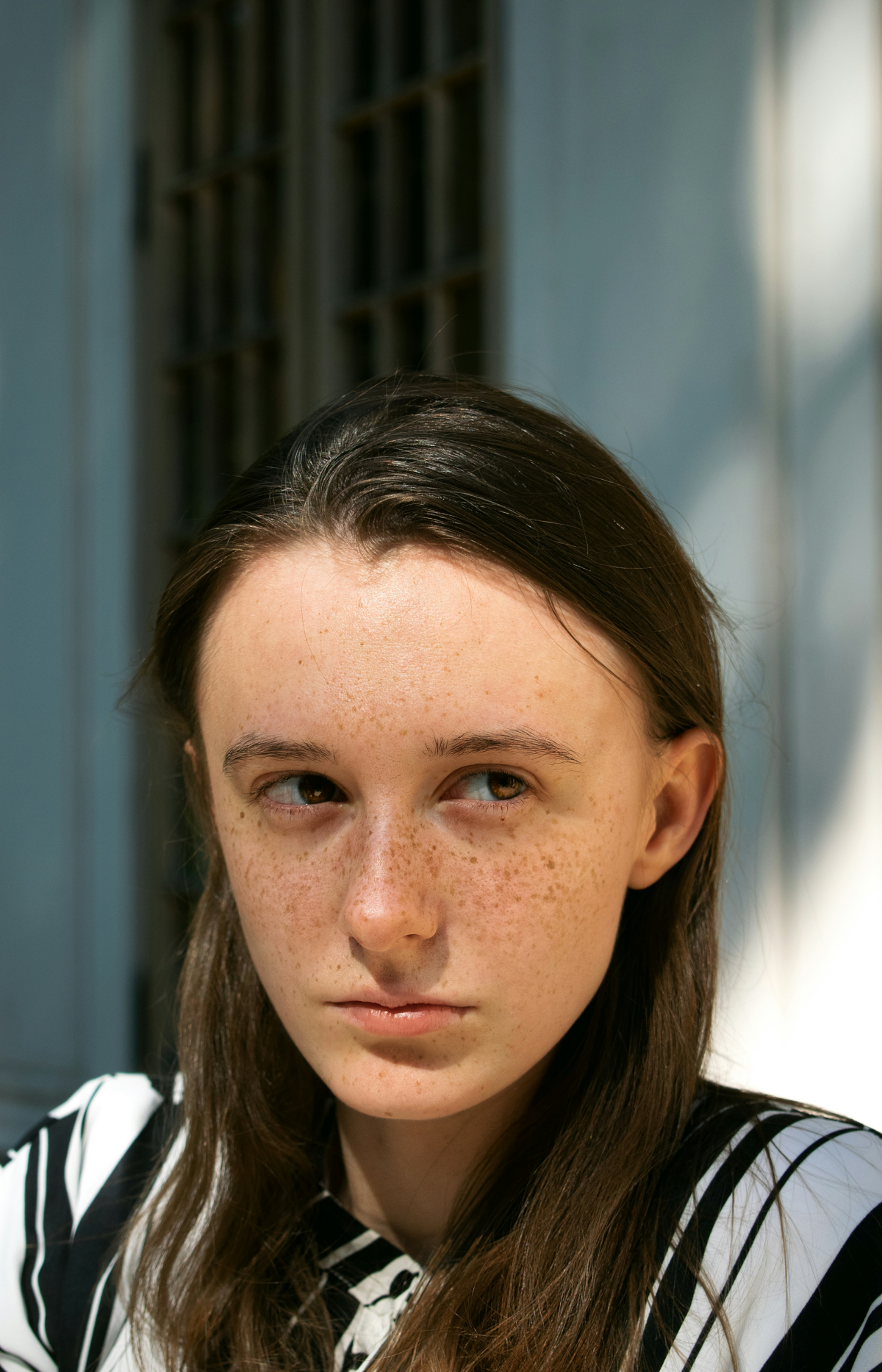
Getting Ready for Your Big Day
For 48 hours before your appointment, you need to avoid a few things to get the best results:
- Alcohol and Caffeine: Both can thin the blood and increase sensitivity.
- Blood Thinners: Steer clear of aspirin, ibuprofen, fish oil, and vitamin E, as they can cause more bleeding, which pushes the pigment right out.
- Sun Exposure: Don’t show up with a fresh tan or a sunburn! Damaged skin won’t heal well.
Quick tip: Do a trial run! Before you even book, grab a light brown eyebrow pencil or a freckle pen (you can find them at Sephora or Ulta for around $20). Draw some on and wear them for a day. See how you feel. It’s a fantastic way to test-drive the look with zero commitment.
The Healing Process: A Daily Guide So You Don’t Panic!
How you care for your freckles in the first two weeks is crucial. Here’s a realistic timeline:
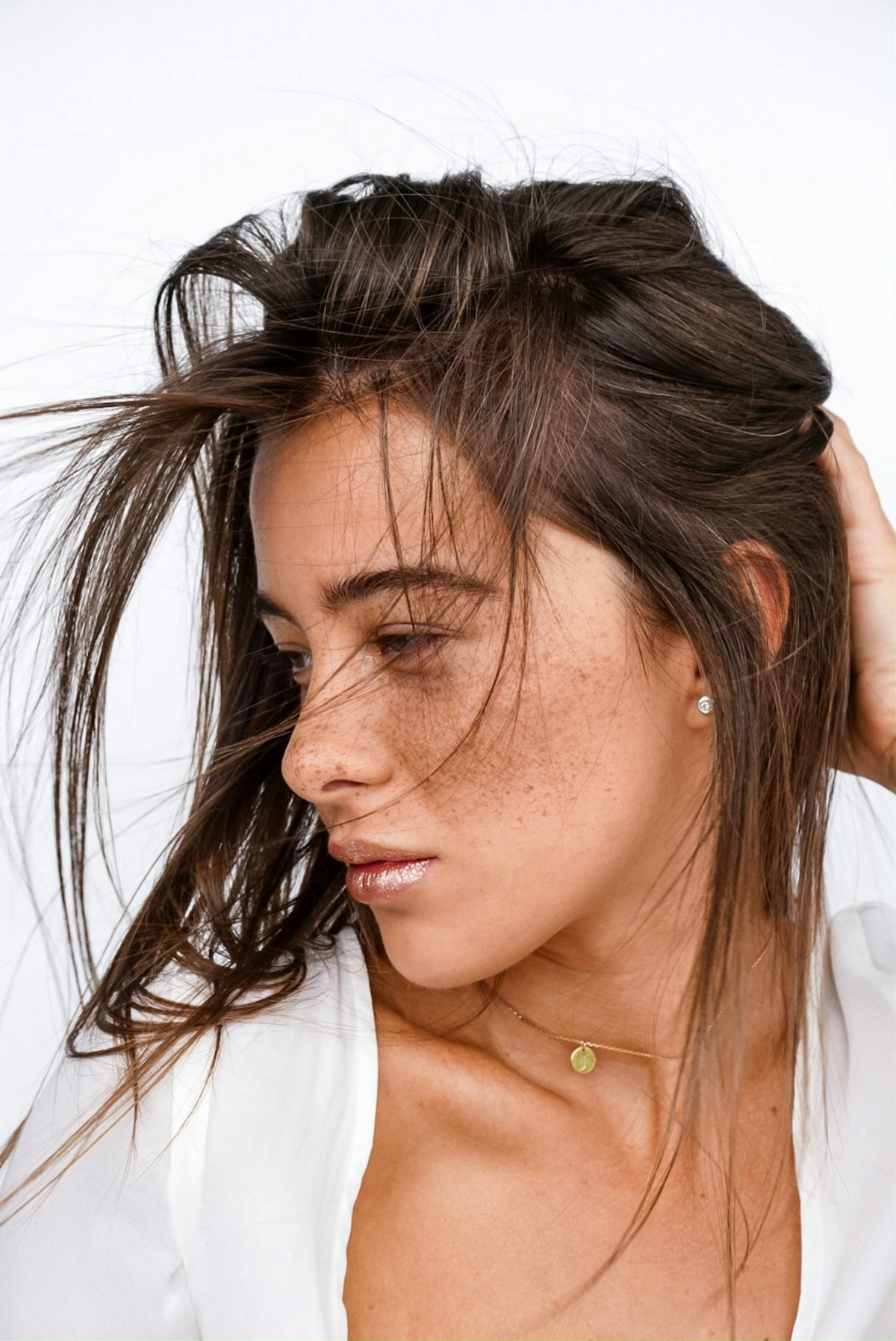
- Day 1-3: Brace Yourself. Your new freckles will look WAY too dark, bold, and maybe a little red. This is totally normal. They will look like you took a marker to your face. Trust the process! Just gently blot the area with a clean, damp cotton round every hour or so on the first day to keep fluid from building up.
- Day 4-10: The Flaky Phase. Tiny little scabs will form and start to flake off. Do. Not. Pick. Them. I repeat, do not pick! Just let them do their thing. Gently wash the area twice a day with a mild, unscented cleanser (like Cetaphil) and apply a paper-thin layer of the recommended aftercare ointment.
- Day 11-28: The Ghosting Phase. Your freckles might look like they’ve vanished. This is called ‘ghosting,’ and it’s the scariest part for most clients. New skin is healing over the pigment, obscuring it. Have faith! They will slowly ‘bloom’ back to their perfect, soft, and natural color over the next few weeks.
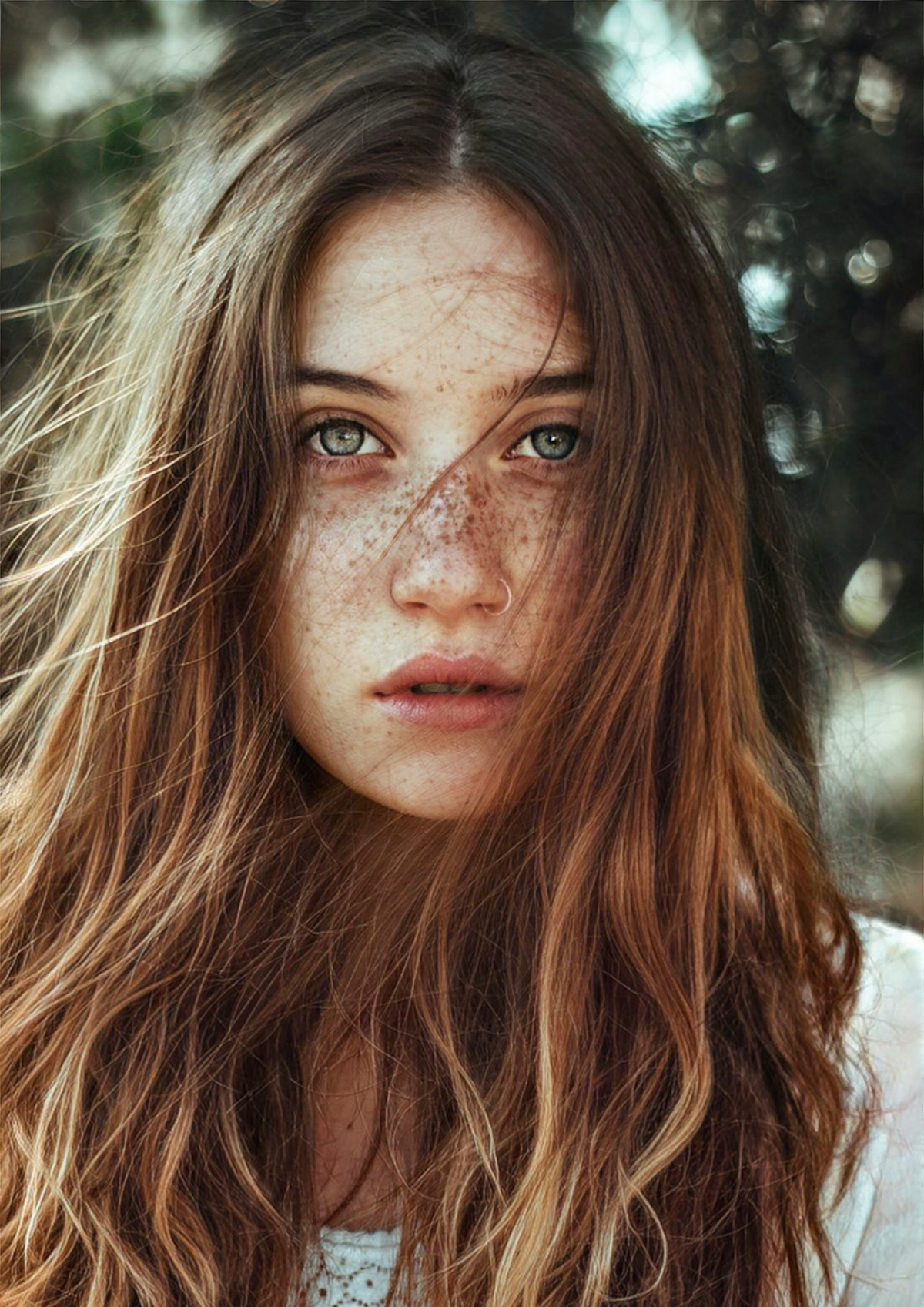
A Few Final Pro Tips
Not every client is the same, and a seasoned artist knows how to handle different challenges.
Working with oily skin, for instance, is tricky. The excess oil can blur the freckles and make them fade faster, so touch-ups might be needed more often. Mature skin is thinner and requires an incredibly gentle touch. And for darker skin tones, it’s a beautiful art form. The goal isn’t to create dark spots, but to use rich, warm, chocolatey tones to add dimension. A patch test is absolutely essential here.
And what about trends? Heart-shaped freckles or zodiac constellations might seem cute now, but they may not feel so great in a few years. A good artist will guide you toward a timeless look, maybe suggesting one or two tiny hidden hearts within a natural pattern as a compromise.
Ultimately, getting freckle tattoos can be an amazing, confidence-boosting experience. It’s a delicate dance between art and science. When you find the right artist and trust the process, the results are truly something special.

Galerie d’inspiration
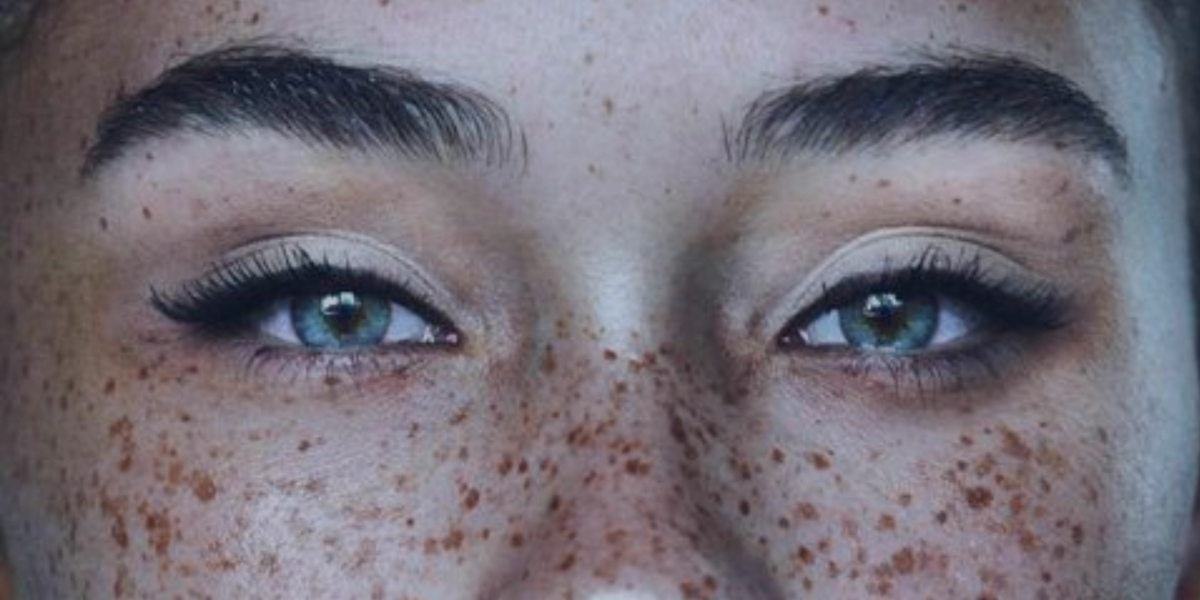
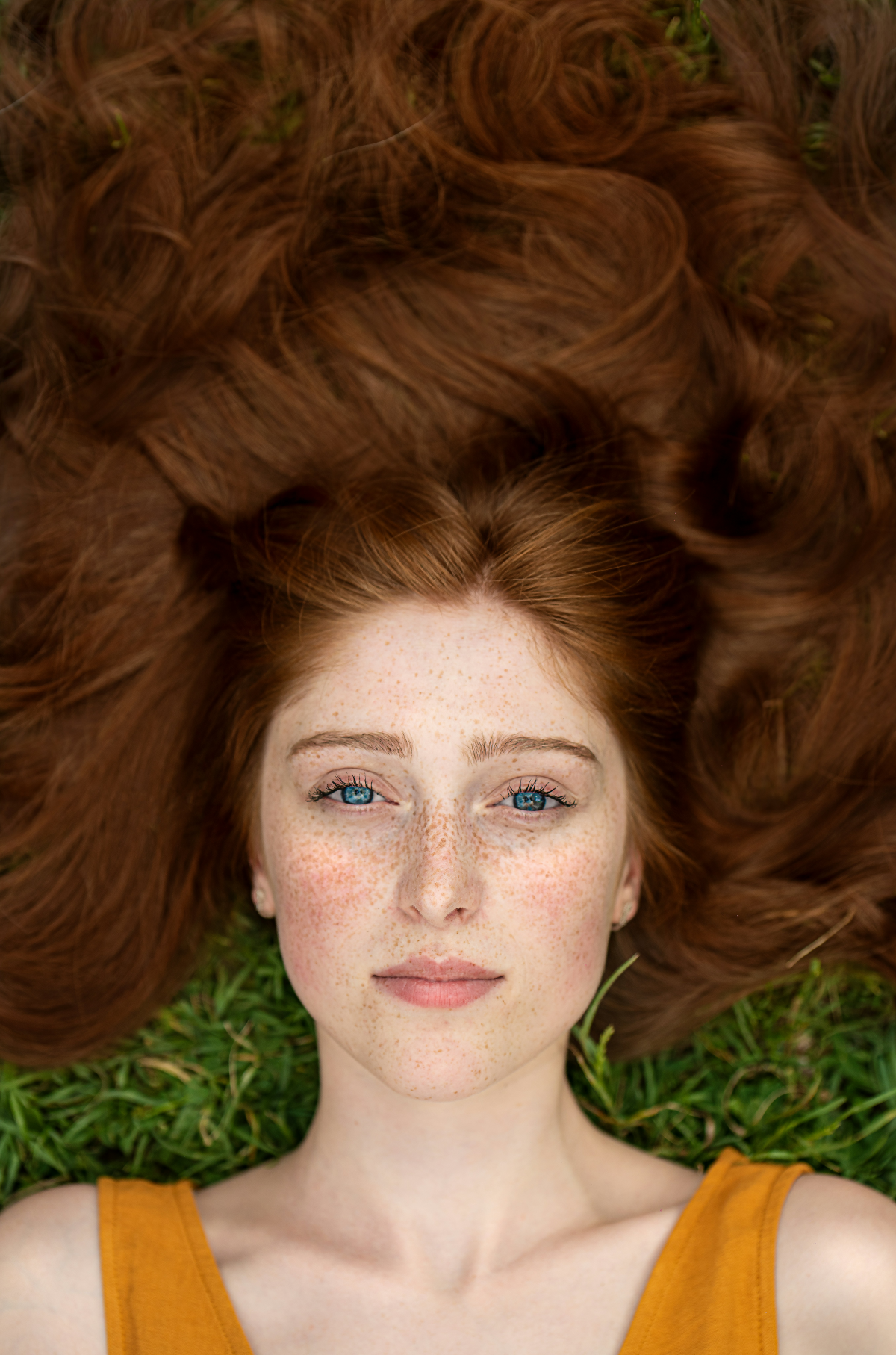
How do I make my new freckles last as long as possible?
Think of your freckled skin as a precious canvas that needs protection. The number one factor that accelerates fading is sun exposure. Daily application of a broad-spectrum sunscreen with at least SPF 30 is non-negotiable. Opt for mineral-based formulas, like those from EltaMD or Supergoop!, which create a physical barrier. Also, be mindful of your skincare routine; frequent use of harsh chemical exfoliants like glycolic acid (AHA) or retinoids directly over the tattooed area can speed up pigment breakdown and lead to premature fading. Gentle care is key.
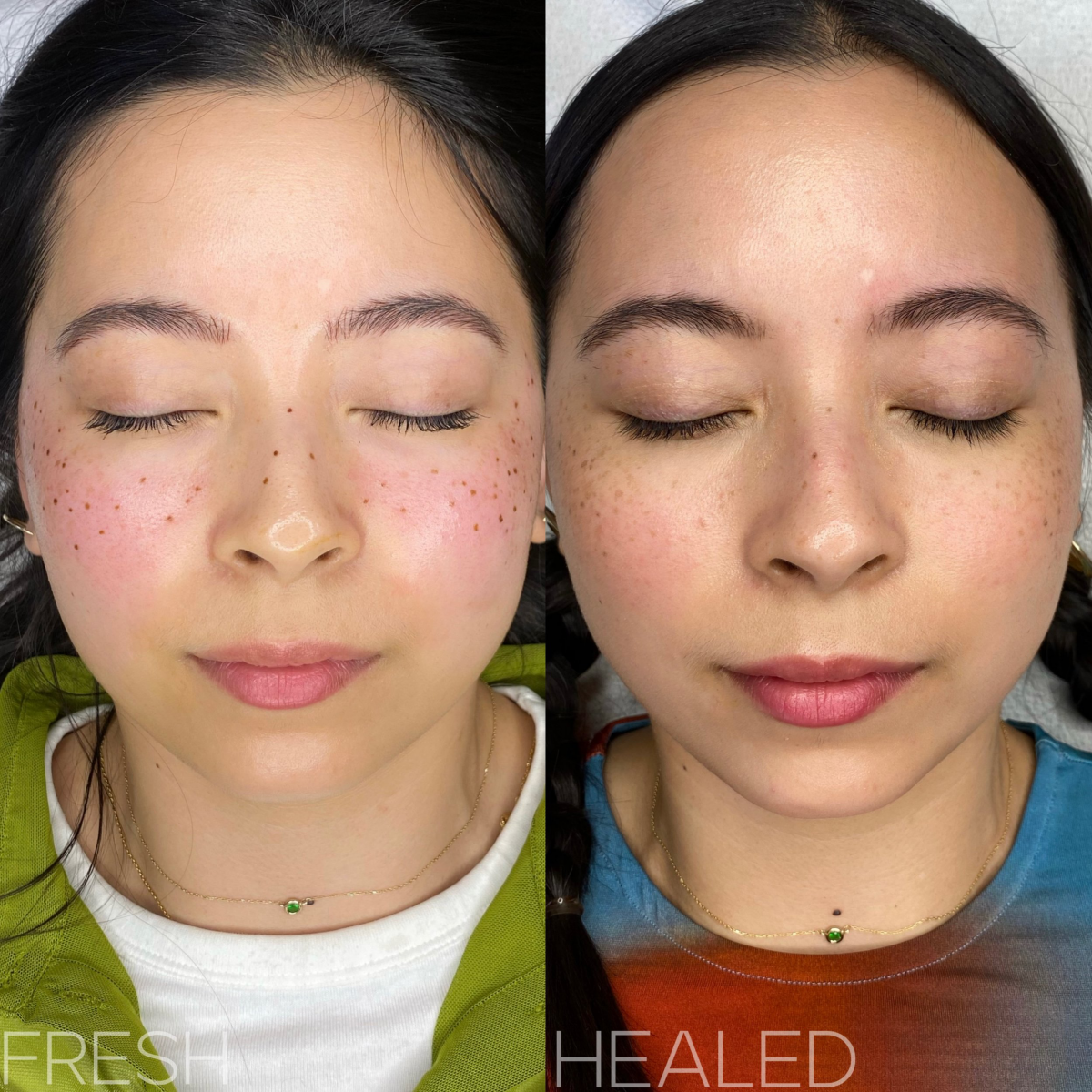
The first 24-48 hours are critical. Your new freckles will appear darker, warmer, and more defined than the final result.
Don’t panic! This is a normal part of the healing process. The pigment is sitting in the upper layers of the skin and is often mixed with a bit of redness from the procedure. As the skin heals over the next 7-14 days, the freckles will soften, shrink slightly, and settle into their true, more natural-looking color. Trust the process and your artist’s aftercare instructions.
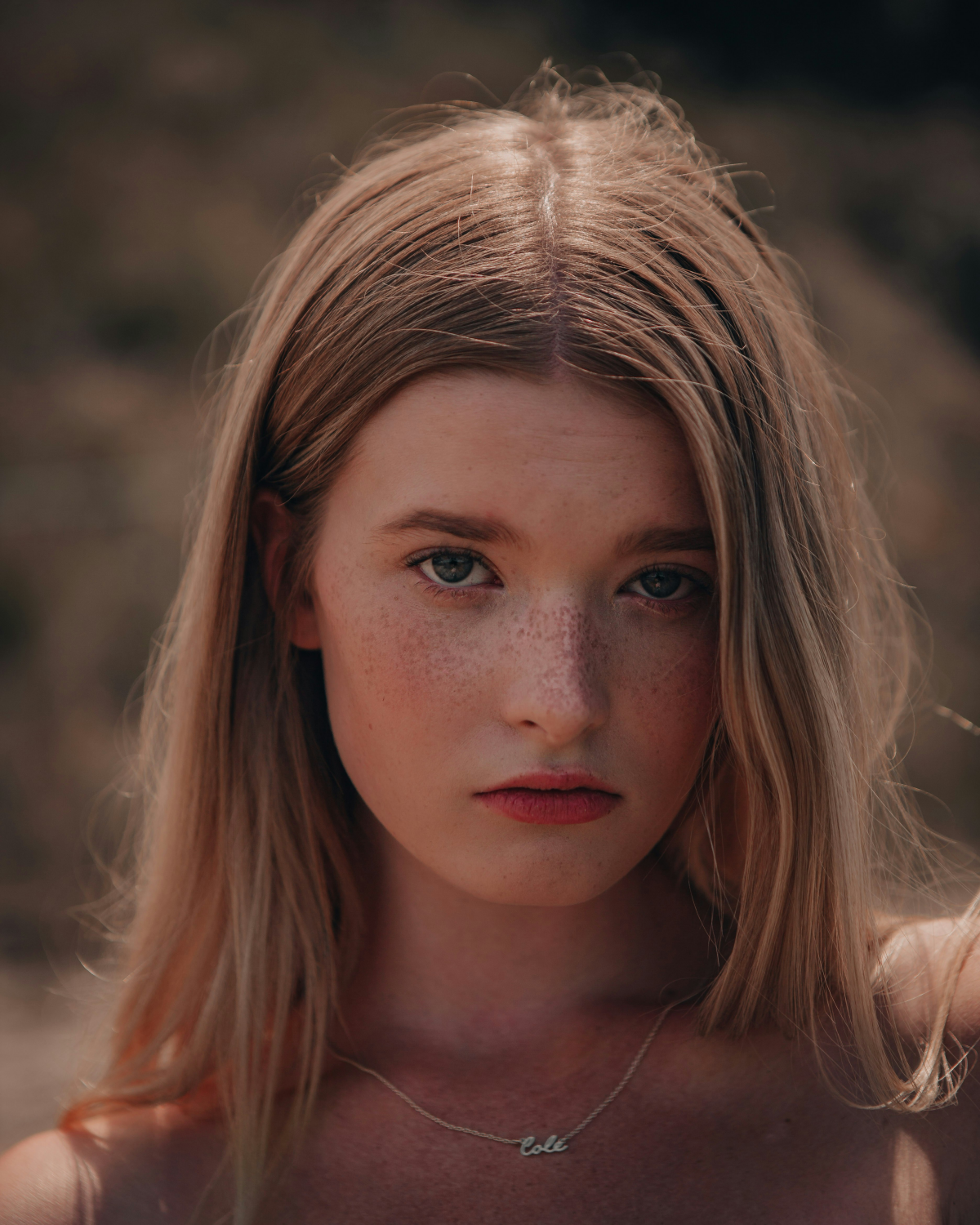
The artistry of freckle tattoos isn’t about creating a uniform pattern; it’s about mimicking nature’s beautiful chaos. A skilled artist will use at least three different shades of pigment, often from trusted lines like Perma Blend’s Tina Davies, to create depth and realism. They’ll also vary the size and saturation of each ‘freckle,’ clustering them organically across the bridge of the nose and high points of the cheeks, with a lighter ‘sprinkle’ fanning outwards. The goal is an imperfect perfection that looks like you were born with them.
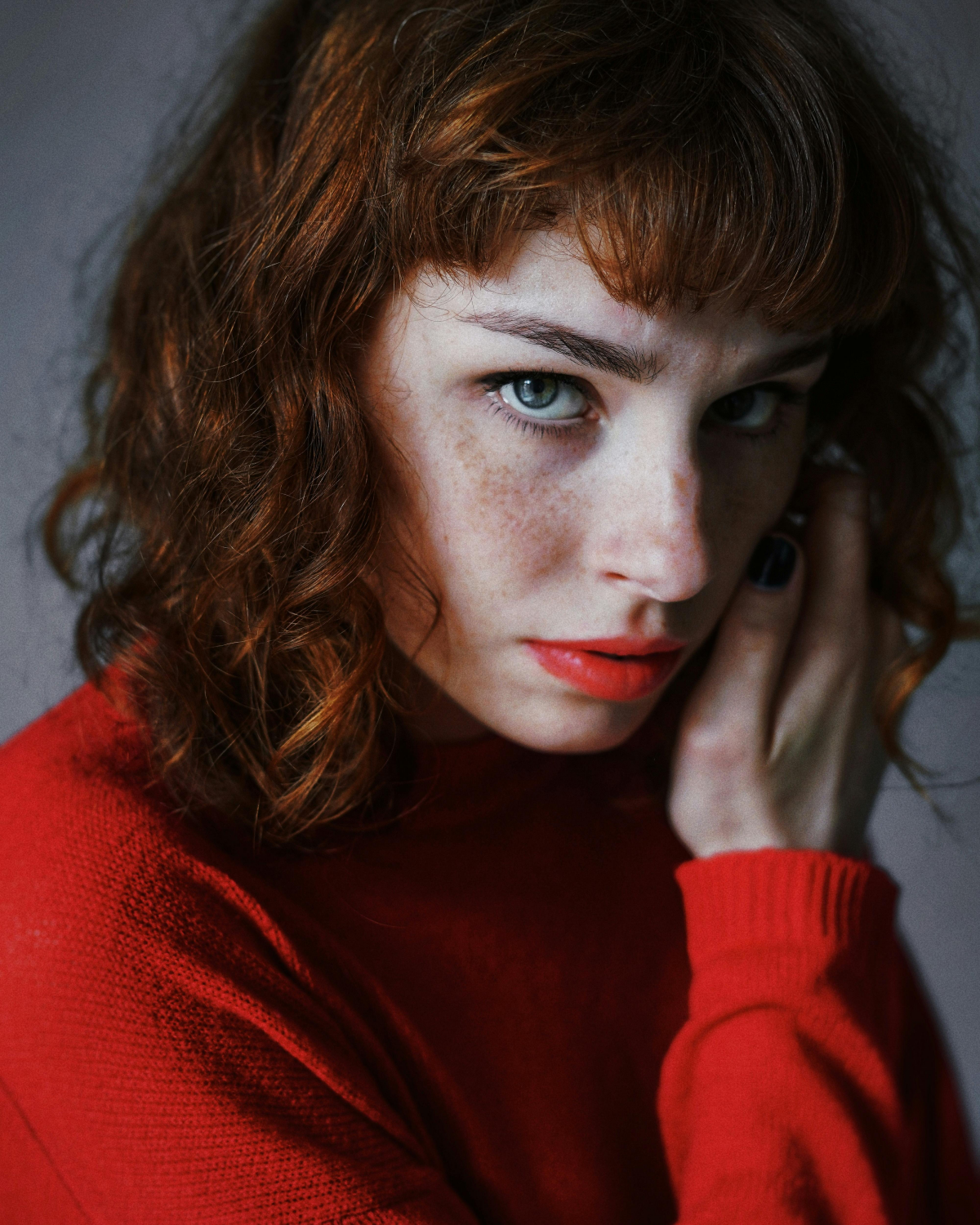
The Golden Rule: Arrive at your appointment with a completely clean, makeup-free face. Your artist needs to see your skin’s natural undertones and texture to select the perfect pigment shades. Foundation, concealer, and even tinted moisturizer can mask these subtle cues, leading to a color choice that might not look as natural once your makeup is off. It also helps them map out the most authentic placement based on your facial structure.
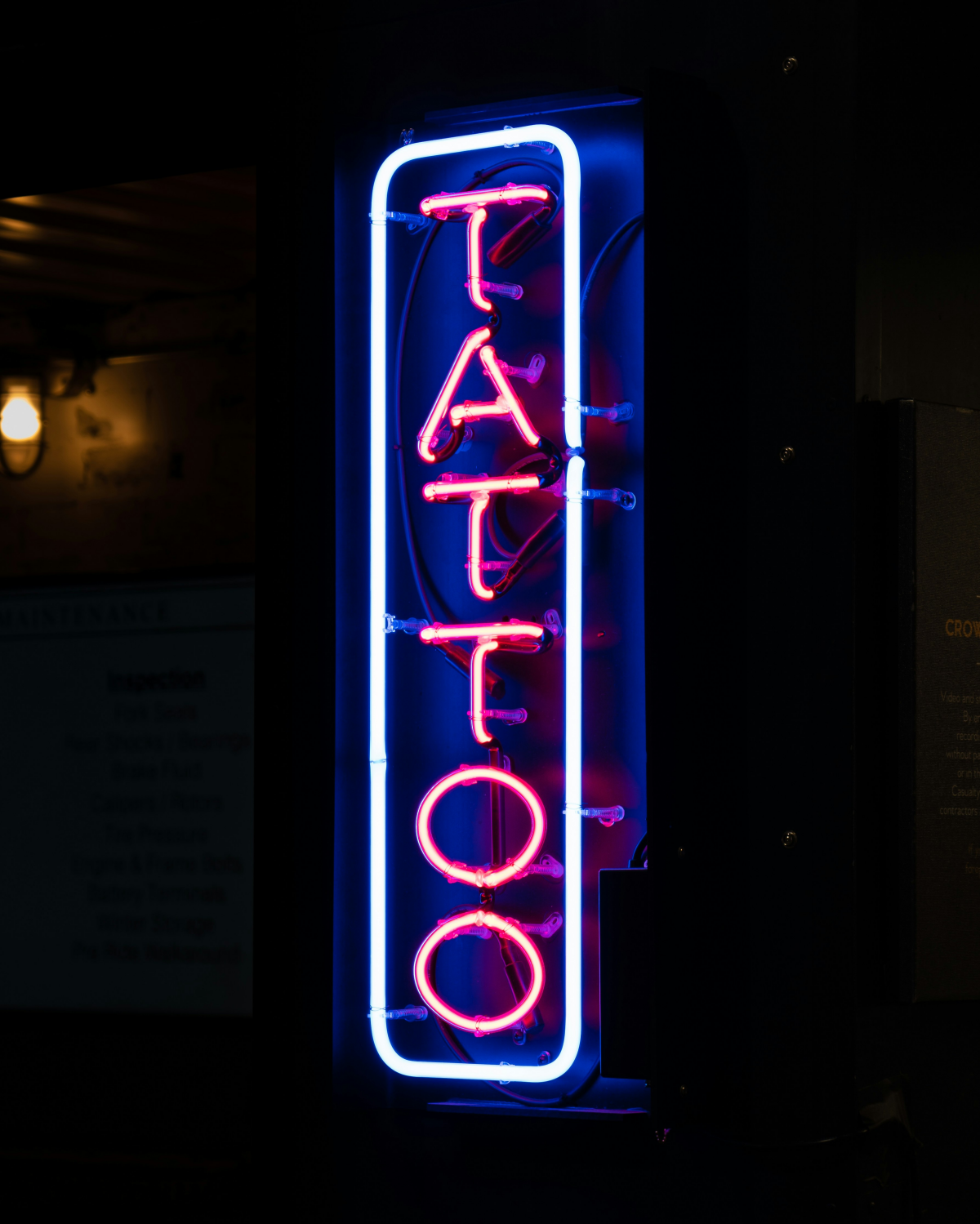
- Avoid getting the area wet for at least 24 hours.
- Gently cleanse with a mild, fragrance-free soap and pat dry—no rubbing.
- Apply a very thin layer of the recommended aftercare ointment (like Aquaphor or a specialized cosmetic tattoo balm) twice a day.
- Do not pick, peel, or scratch the freckles as they heal. Let any flaking happen naturally.
Warm Tones: These pigments have reddish, golden, or orange undertones. They are ideal for creating a sun-kissed, natural look and heal beautifully on most skin types.
Cool/Ashy Tones: These have grey or cool brown undertones. They are generally avoided for freckles as they can heal to look like blackheads or ‘muddy’ spots on the skin over time.
An experienced artist will almost always lean into a custom-mixed warm palette for that authentic, healthy glow.










